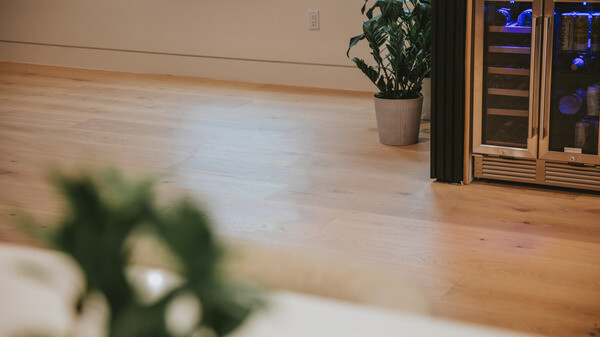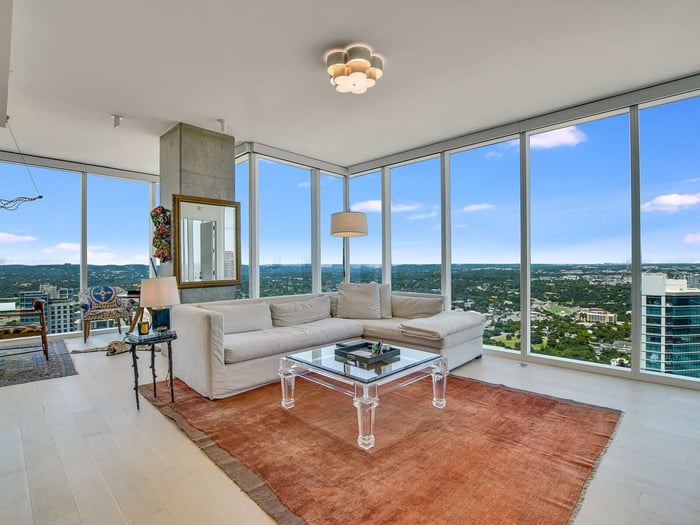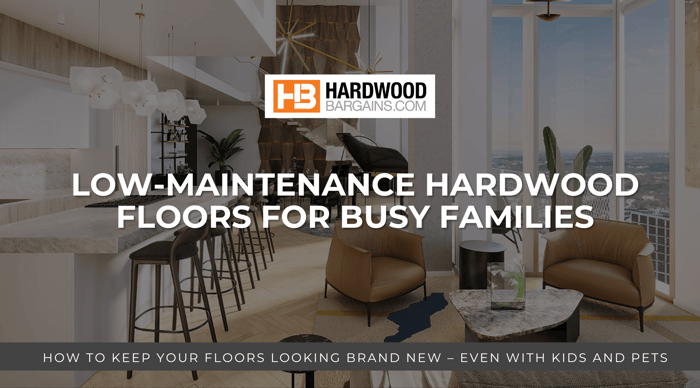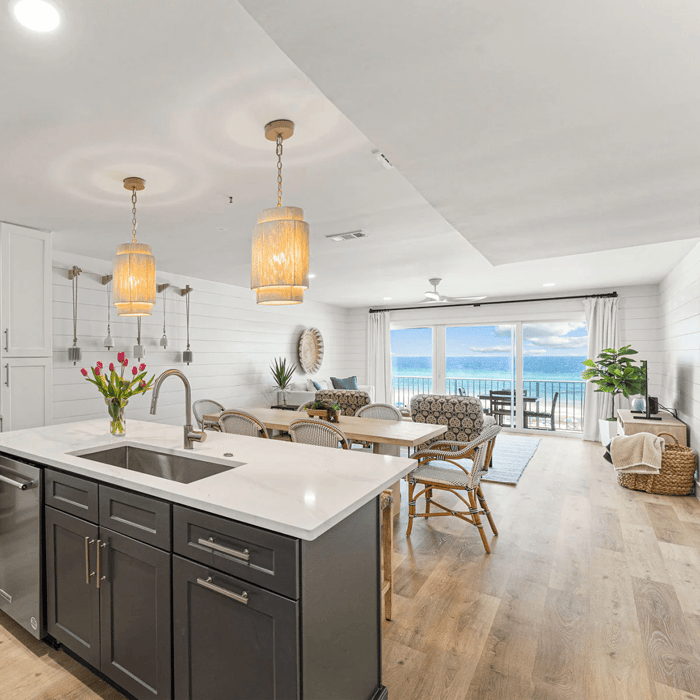Picking new floors is one of the most exciting parts of a home update. At Hardwood Bargains, we love helping people choose the perfect hardwood that fits their space, style, and budget. But here's something many folks don’t think about until after the floors are installed — the lighting in your home can totally change how your floors look.

Yep, the same floor can look very different depending on how much light it gets, what kind of light it is, and even where the light is coming from. So before you lock in your flooring choice, let’s talk about how light plays a big role — and how to make the most of it.
1. Natural Light vs. Artificial Light
The first thing to look at is what kind of light your home has. Do you have big windows and lots of sunshine? Or is your home mostly lit by lamps and overhead lights?
Natural light is great because it brings out the real beauty in wood. In bright, sunny rooms, floors with light finishes can look even more open and airy. And darker floors? They’ll pop with richness and color.
Artificial light gives you more control. Warm lighting (like soft yellow bulbs) can bring out golden or reddish tones in wood like walnut or cherry. Cooler lights (like some LEDs) can make light-colored floors look sharper and more modern. It’s all about the vibe you want.
Tip: Before choosing a floor, check out samples at home under the lights you’ll actually be using. What looks perfect in the store might surprise you under your own roof.
2. Direction of the Light
It’s not just what kind of light you have — it’s also where it’s coming from.
If the light is hitting your floor straight from above, it’ll highlight things like wood grain and texture. That’s great if you’ve chosen a hardwood with natural character.
If your light is coming from the side (like from a window or a low lamp), it’ll create soft shadows. This can make the space feel warmer and help hide little marks or dust.
It’s not better or worse either way — it just depends on the look you’re going for.
3. Brightness Levels in the Room
How bright is the space where you're putting your new floors?
In rooms with a lot of light, both light and dark floors tend to look bolder. Light wood floors (like white oak or maple) will seem even brighter. Darker floors (like hickory or walnut) will look deeper and more dramatic.
In dimly lit rooms, lighter floors help open things up. They reflect what little light there is and make the space feel bigger. But don’t count out dark floors — they can add a cozy, moody touch that feels rich and grounded.
So think about how much light your room usually gets — not just during the day, but at night too.
4. Color Temperature: Warm or Cool Lighting
Lights have a “color temperature,” which is just a fancy way of saying whether the light looks yellow (warm) or blue/white (cool).
Warm lights (like soft white bulbs) bring out the warm tones in wood — think rich reds, oranges, and golds. They make a space feel comfy and inviting.
Cool lights (like daylight bulbs or some LEDs) make things look more neutral or even slightly blue. This works great for modern homes with lighter, cooler-toned floors.
Not sure what your lights are? Take a look at the bulbs in your space. Most will say something like “2700K” (warm) or “5000K” (cool) right on the box.
Don’t Forget: Sunlight Can Cause Fading Over Time
There’s one downside to sunlight — over time, it can change the color of your hardwood floors.
It’s called oxidation, and it’s totally normal. If you leave a rug or piece of furniture in the same spot for a long time, you might notice the wood underneath looks different than the rest of the floor. It’s usually lighter or darker depending on the wood species.
To help with this, you can:
Use curtains or blinds during the brightest parts of the day
Move rugs and furniture every so often
Add UV-blocking film to your windows (this still lets light in, but blocks the rays that cause fading)
At Hardwood Bargains, we use high-quality finishes to help protect your floors, but it’s always good to be aware of what long-term sun exposure can do.
Final Thoughts from the Flooring Experts at Hardwood Bargains
There’s no one-size-fits-all answer when it comes to floors and lighting. But now that you know how light affects the color and feel of your hardwood, you’re one step closer to making a choice you’ll love.
And the best part? You don’t have to figure it all out on your own. The team at Hardwood Bargains is here to help you find the perfect floor for your space — and your light.
Want to see what your space could look like? Try our free room visualizer tool online, or order samples to test at home. Seeing your favorite floors under your own lights makes all the difference.




